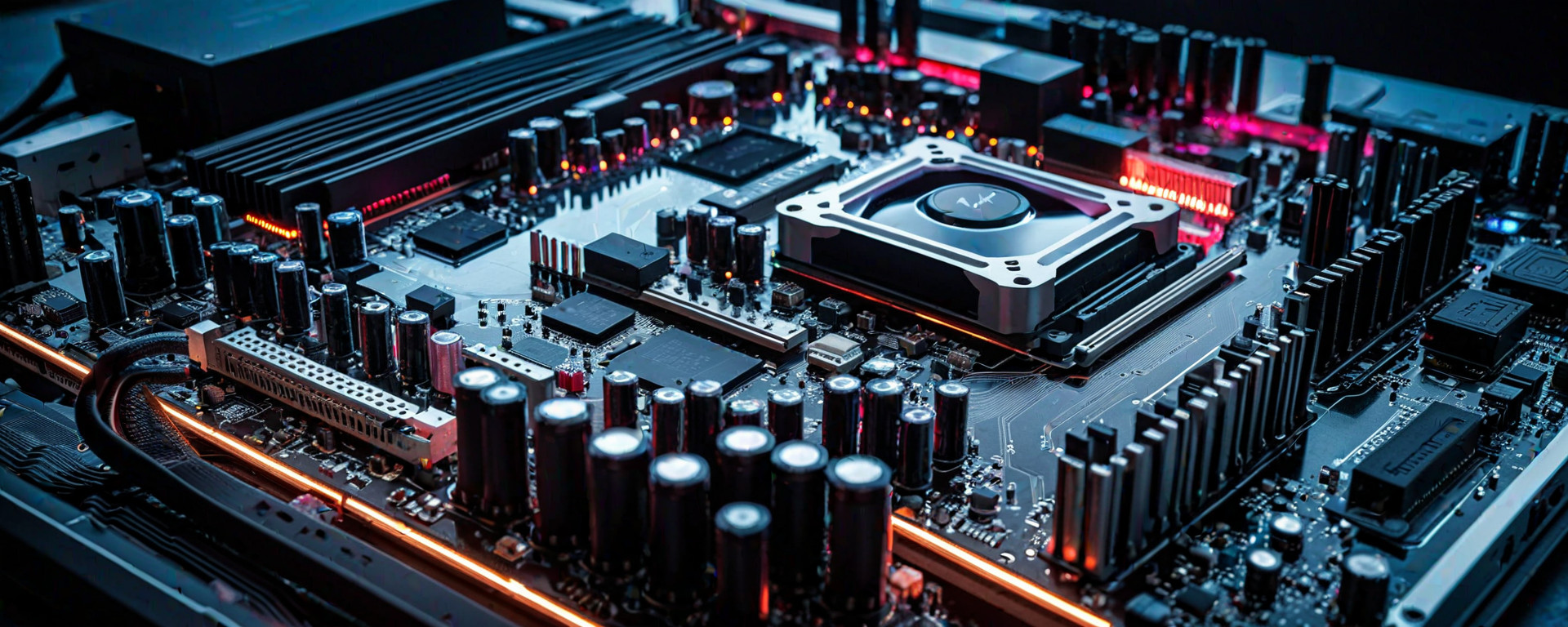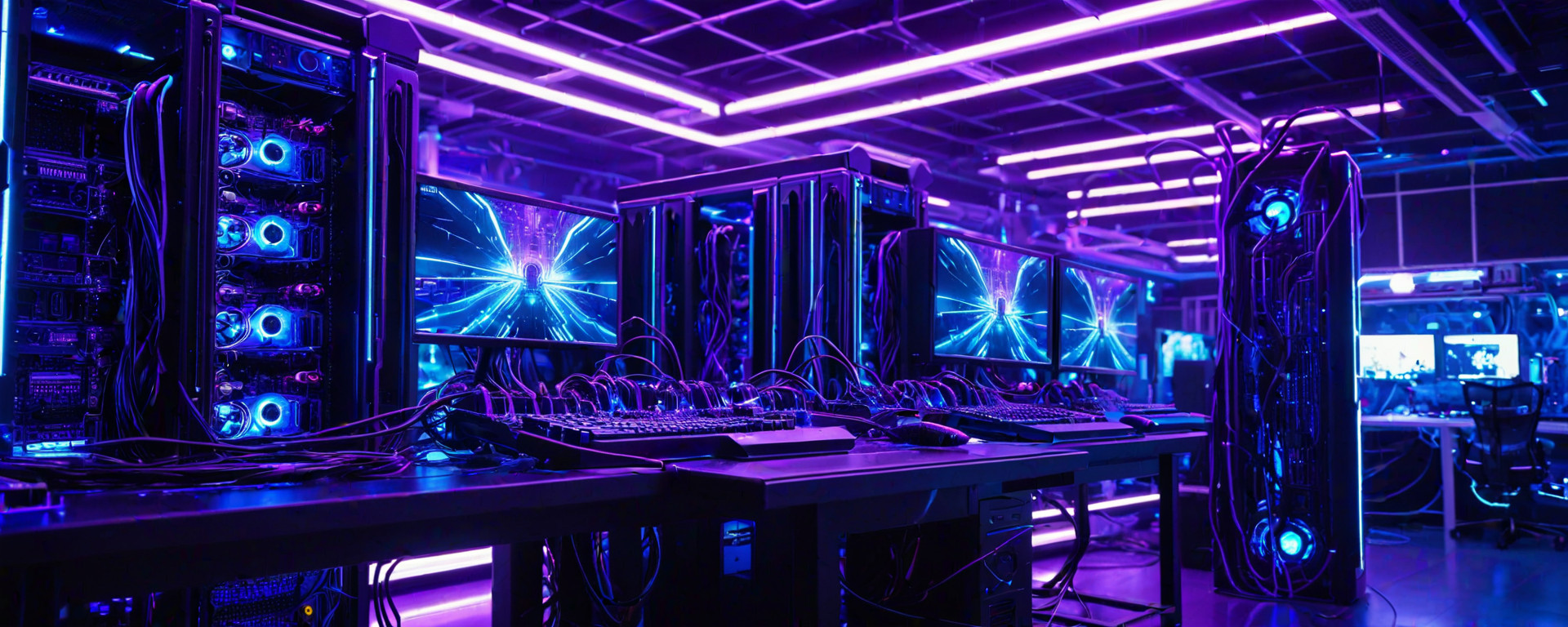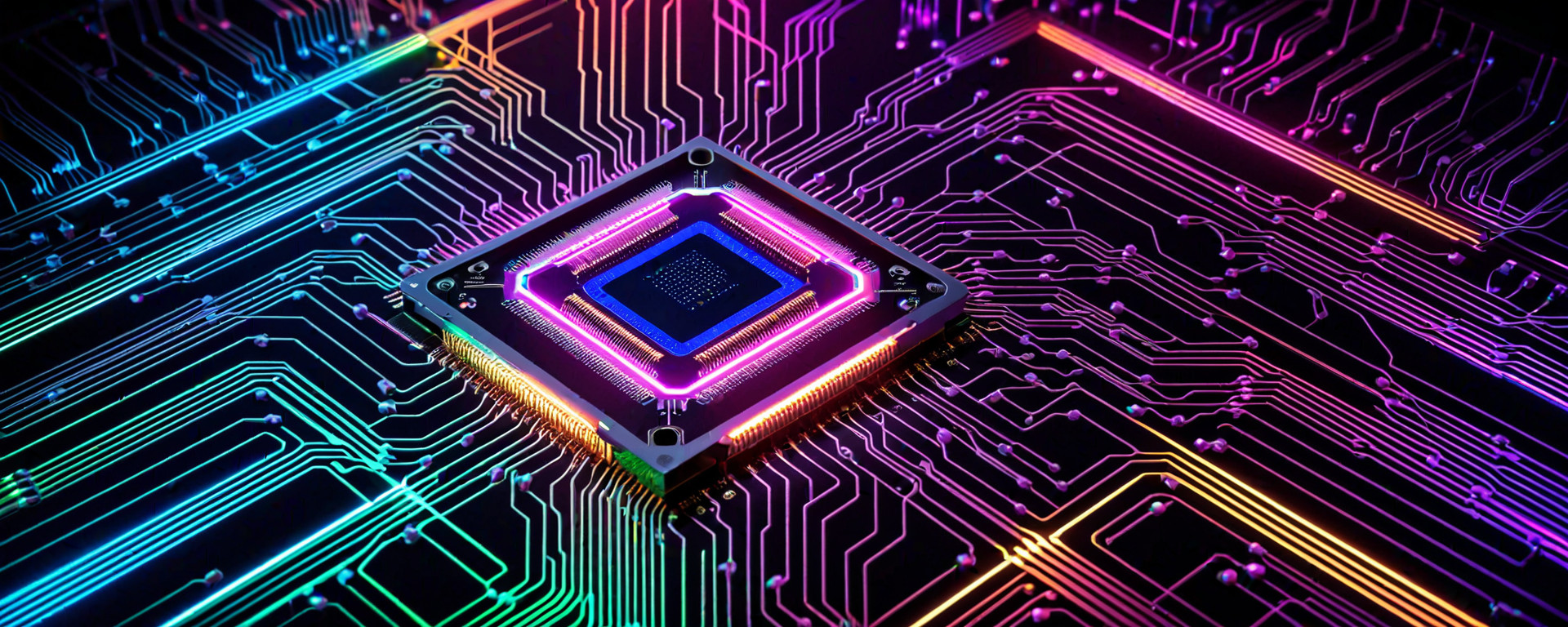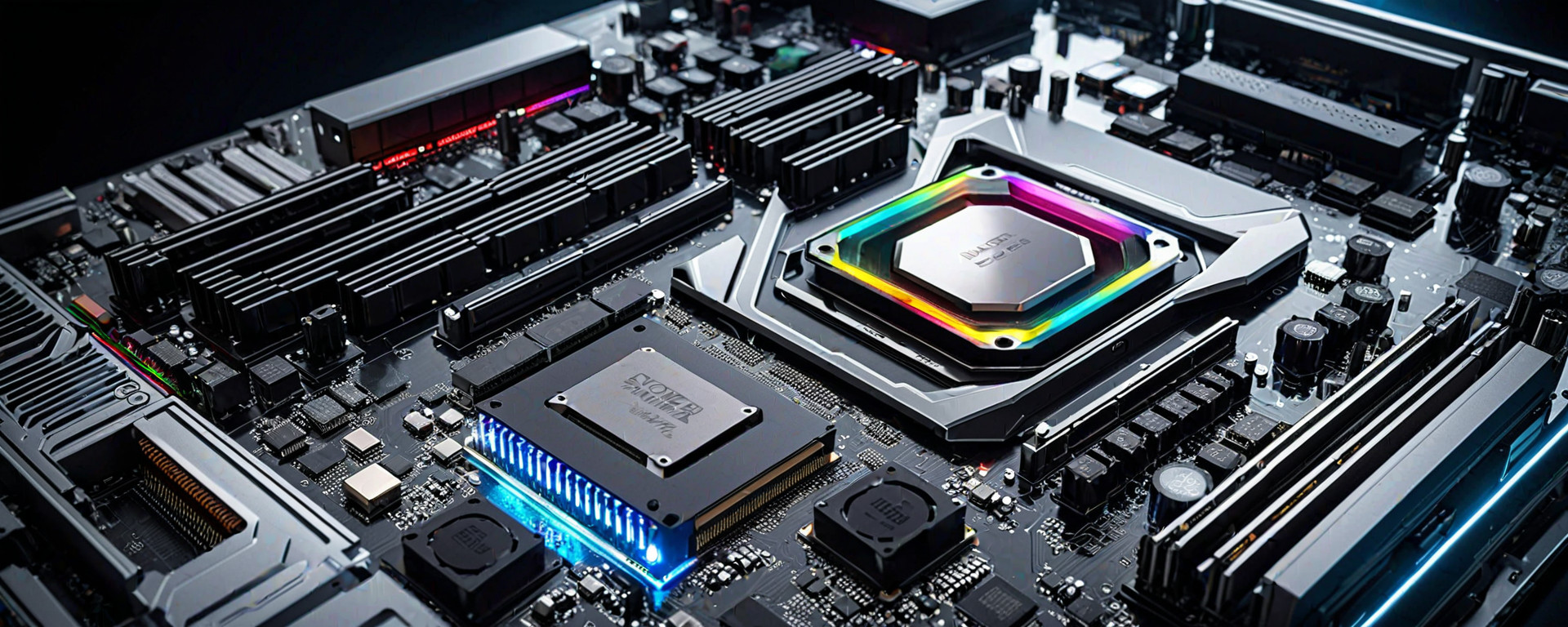Understanding Motherboards
A motherboard is a crucial component of your computer system, serving as the central hub that connects all other hardware components together. It provides essential pathways for data communication between these components and offers various features that enhance overall performance, stability, and upgradeability.
The choice of a motherboard significantly impacts how efficiently your computer runs, especially concerning CPU performance, memory capacity, storage options, and connectivity requirements. A well-chosen motherboard ensures optimal compatibility with other hardware, supports necessary expansion slots for future upgrades, and offers robust power delivery systems to handle demanding workloads without compromising stability.
Key Factors When Choosing a Motherboard
Form Factor Compatibility
The form factor of your motherboard must match the size of your computer case. Common choices include ATX (full-size), Micro-ATX, and Mini-ITX. Larger cases like full tower can accommodate larger motherboards with more expansion slots, while smaller cases limit space for such components.
- ATX: Full-sized motherboard suitable for high-performance builds with ample space for additional hardware.
- Micro-ATX: Smaller than ATX but still offers a good balance between performance and compactness. Ideal for mid-tower cases.
- Mini-ITX: The smallest standard, perfect for creating small form factor (SFF) builds or HTPC systems where space is limited.
CPU Socket Compatibility
The CPU socket on your motherboard determines which processors you can use. Different manufacturers have their proprietary sockets; Intel uses LGA while AMD prefers AM4/AM5. Ensure that the socket type matches your chosen CPU, as this affects performance and upgradability.
Memory Support (RAM)
Motherboards dictate how many RAM slots are available along with maximum supported memory types such as DDR4 or DDR5. Higher-end models often provide more slots for increased capacity. Check if the motherboard supports dual-channel mode, which improves performance by allowing paired RAM modules to work together.
Technical Specifications and Performance Metrics
When selecting a motherboard, consider its chipset, power delivery system, and connectivity options:
Chipset
The chipset manages the communication between various components of your computer. Higher-end chipsets like Z590 (Intel) or B550 (AMD) offer more features such as overclocking support, additional USB ports, and better networking capabilities.
Power Delivery System
A robust power delivery system ensures stable operation under heavy loads. Look for motherboards with advanced VRM designs featuring high-quality chokes and capacitors to handle demanding CPUs like Ryzen 9 or Core i9 series processors.
Connectivity Options
Modern motherboards come equipped with various connectivity options:
- SATA Ports: For connecting storage devices like HDDs, SSDs, and optical drives.
- M.2 Slots: Used for NVMe solid-state drives (SSDs) offering faster data transfer rates.
- USB Ports: Variety of USB 3.0/3.1/3.2 Gen 1/2 connectors to connect peripherals like keyboards, mice, and external storage devices.
Detailed Comparisons with Alternative Products
Let's compare three popular motherboards across different form factors:
| Motherboard Model | Form Factor | CPU Socket | RAM Support | Chipset |
|---|---|---|---|---|
| ASUS ROG Strix Z590-E Gaming Wi-Fi | ATX | LGA 1200 (Intel) | DDR4, up to 128GB | Z590 |
| Gigabyte B550 AORUS Elite AX | Micro-ATX | AM4 (AMD) | DDR4, up to 64GB | B550 |
| MSI MPG Z490 Gaming Edge WiFi | Micro-ATX | LGA 1200 (Intel) | DDR4, up to 128GB | Z490 |
Pros and Cons Analysis
ASUS ROG Strix Z590-E Gaming Wi-Fi (ATX)
- Pros: Robust VRM heatsinks, advanced BIOS settings, Thunderbolt 4 support.
- Cons: Expensive, limited to Intel CPUs only.
Gigabyte B550 AORUS Elite AX (Micro-ATX)
- Pros: Affordable pricing, strong networking features including 2.5G LAN.
- Cons: Smaller form factor restricts expansion options.
MSI MPG Z490 Gaming Edge WiFi (Micro-ATX)
- Pros: Excellent value for money, good VRM design, Wi-Fi 6 connectivity.
- Cons: Limited to Intel CPUs only.
Real-World Usage Scenarios and Case Studies
Consider the following scenario where a gamer needs high performance with expandability:
- Build Description: A full ATX setup featuring an Intel Core i9 10900K processor, GeForce RTX 3080 graphics card, and multiple M.2 NVMe SSDs.
- Motherboard Selection: ASUS ROG Strix Z590-E Gaming Wi-Fi due to its comprehensive feature set including robust power delivery for overclocking and Thunderbolt support.
In another example, a content creator might opt for the Gigabyte B550 AORUS Elite AX in Micro-ATX form factor:
- Build Description: An AMD Ryzen 9 3900X CPU paired with RTX 2080 Super GPU and dual M.2 NVMe SSDs.
- Motherboard Selection: Gigabyte B550 AORUS Elite AX offers affordability alongside strong networking features suitable for data-intensive tasks.
FAQ Section
Q: How do I choose between different motherboard chipsets?
- A: Focus on your specific needs such as overclocking support, additional USB ports, or network connectivity. Higher-end models like Intel Z590 or AMD B550 provide more advanced features.
Q: Can I upgrade my motherboard without changing the CPU?
- A: Yes, but ensure that your new motherboard supports the same CPU socket type. Also check compatibility with existing RAM modules and storage devices.
Tips for Successful Motherboard Installation and Setup
Here are some tips to make installation smoother:
- Thoroughly Read Documentation: Before installing, study the manual thoroughly. Understand BIOS settings and how they impact system performance.
- Cooling Solutions: Ensure proper cooling for VRMs and other components. Overheating can cause instability or even damage hardware.
- Secure Connections Properly: Carefully route cables away from heat sources and ensure all connections are secure to avoid accidental disconnections during use.
Closing Remarks
Selecting the right motherboard is crucial for building a reliable PC. By considering factors such as form factor, CPU socket compatibility, memory support, chipset features, power delivery systems, and connectivity options, you can make an informed decision that meets your specific requirements.








